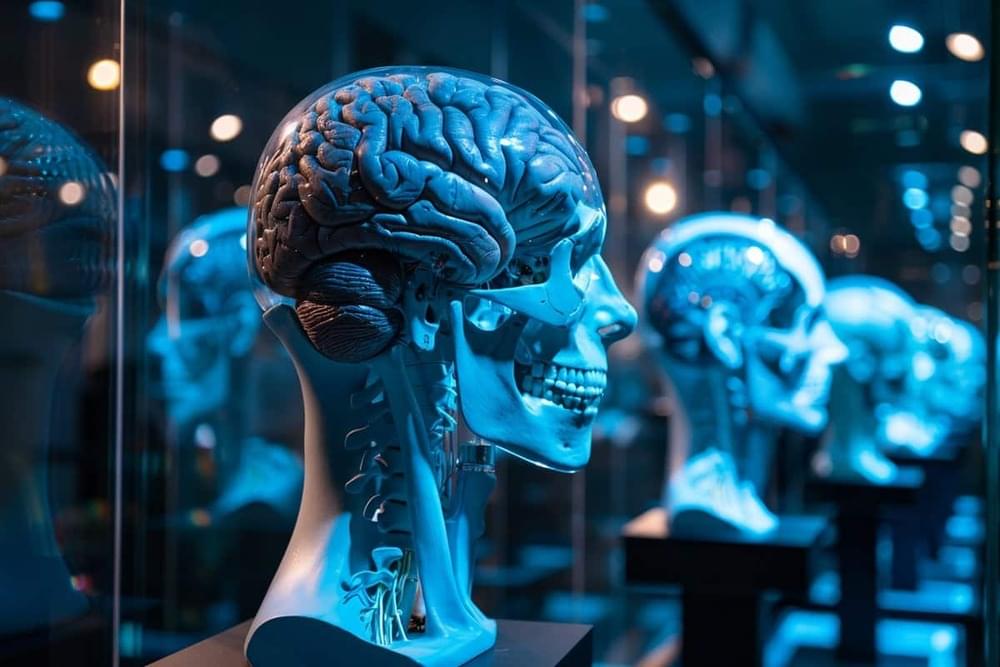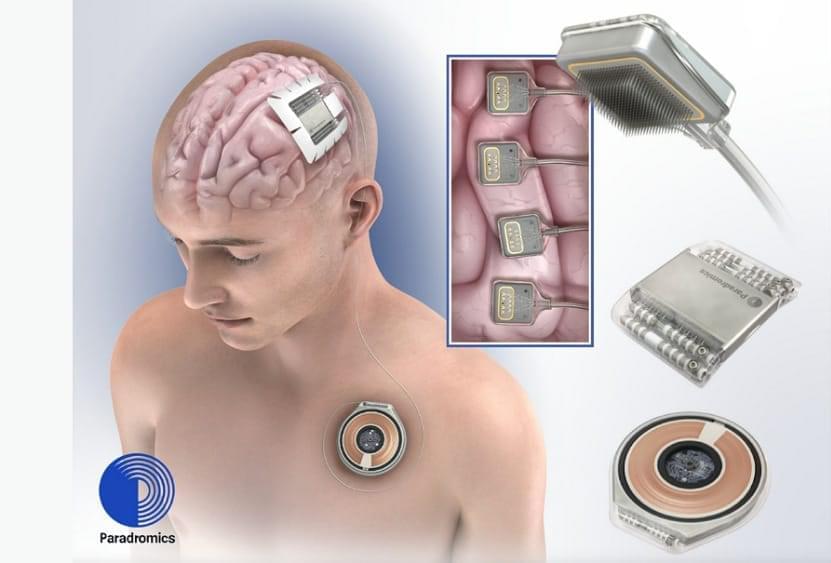Researchers develop versatile paper-based electronic devices demonstrating both neuromorphic computing capabilities and physically unclonable functions for security applications.



Physicists at TU Graz have determined that certain molecules can be stimulated by pulses of infrared light to generate small magnetic fields. If experimental trials are also successful, this technique could potentially be applied in quantum computer circuits.
When molecules absorb infrared light, they start to vibrate as they receive energy. Andreas Hauser from the Institute of Experimental Physics at Graz University of Technology (TU Graz) used this well-understood process as a basis for exploring whether these vibrations could be harnessed to produce magnetic fields. Since atomic nuclei carry a positive charge, the movement of these charged particles results in the creation of a magnetic field.
Using the example of metal phthalocyanines – ring-shaped, planar dye molecules – Andreas Hauser and his team have now calculated that, due to their high symmetry, these molecules actually generate tiny magnetic fields in the nanometre range when infrared pulses act on them.
The commercialized approach of medicating children with ADHD to conform to societal expectations is problematic, and a holistic approach that addresses family stress and meets a child’s needs is more beneficial.
Questions to inspire discussion.
What is ADHD?
—ADHD is a condition characterized by difficulty paying attention, poor impulse control, and hyperactivity.
I found the scientific evidence for heat therapy for longevity to be much more convincing than that for cold therapy:
We look at the research around heat therapy, sauna bathing, infrared, and more to see!
My original channel: @NajibElMokhtari To support on Patreon: https://patreon.com/najibmGet your copy of the Universe Calendars 2024 (currently in Moroccan Da…

What You Should Know:
– A glimmer of hope emerged today for rectal cancer patients as a collaborative effort between Case Western Reserve University (CWRU), Cleveland Clinic, and University Hospitals (UH) received a $2.78 million grant over five years from the National Institutes of Health and National Cancer Institute. This grant will fuel research leveraging artificial intelligence (AI) to personalize treatment for rectal cancer patients.
– The new research effort signifies a significant step forward in the fight against rectal cancer. By harnessing the power of AI, researchers are on the path to developing more precise treatment strategies, ultimately improving patient outcomes and quality of life.

Researchers from MIT and the University of Texas have developed a prototype for a handheld, chip-based 3D printer using a photonic chip that emits beams of light to cure resin into solid objects. This innovative technology could revolutionize the production of customized, low-cost objects on-the-go and has potential applications in medical and engineering fields.
Portable 3D Printing Technology
Imagine a portable 3D printer you could hold in the palm of your hand. The tiny device could enable a user to rapidly create customized, low-cost objects on the go, like a fastener to repair a wobbly bicycle wheel or a component for a critical medical operation.

Summary: Researchers made a significant discovery in the study of human brain evolution, identifying epiregulin as a key factor in the expansion of the human neocortex. By comparing brain development between mice and humans and utilizing 3D brain organoids, the team found that epiregulin promotes the division and expansion of stem cells, crucial for neocortex development.
This study, which utilized cutting-edge 3D culture technology, suggests that the quantity of epiregulin, rather than its presence or absence, distinguishes human brain development from that of other species, including primates like gorillas. The research offers new insights into what makes the human brain unique and underscores the value of innovative methodologies in understanding complex evolutionary processes.
Star Trek: The Next Generation looks at sentience as consciousness, self-awareness, and intelligence—and that was actually pretty spot on. Sentience is the innate human ability to experience feelings and sensations without association or interpretation. “We’re talking about more than just code; we’re talking about the ability of a machine to think and to feel, along with having morality and spirituality,” Ishaani Priyadarshini, a Cybersecurity Ph.D. candidate from the University of Delaware, tells Popular Mechanics.
💡AI is very clever and able to mimic sentience, but never actually become sentient itself.
The very idea of consciousness has been heavily contested in philosophy for decades. The 17th-century philosopher René Descartes famously said, “I think therefore I am.” A simple statement on the surface, but it was the result of his search for a statement that couldn’t be doubted. Think about it: he couldn’t doubt his existence as he was the one doubting himself in the first place.

Neurotech startup Paradromics is set to commence human trials of its brain implant in 2025, intensifying the competition in the emerging brain-computer interface (BCI) market.
This move positions Paradromics against Elon Musk’s Neuralink, which has been at the forefront of public attention in this domain.
Paradromics’ CEO and founder, Matt Angle, in an interview with CNBC Tech, expressed his enthusiasm about the potential of brain-computer interfaces.